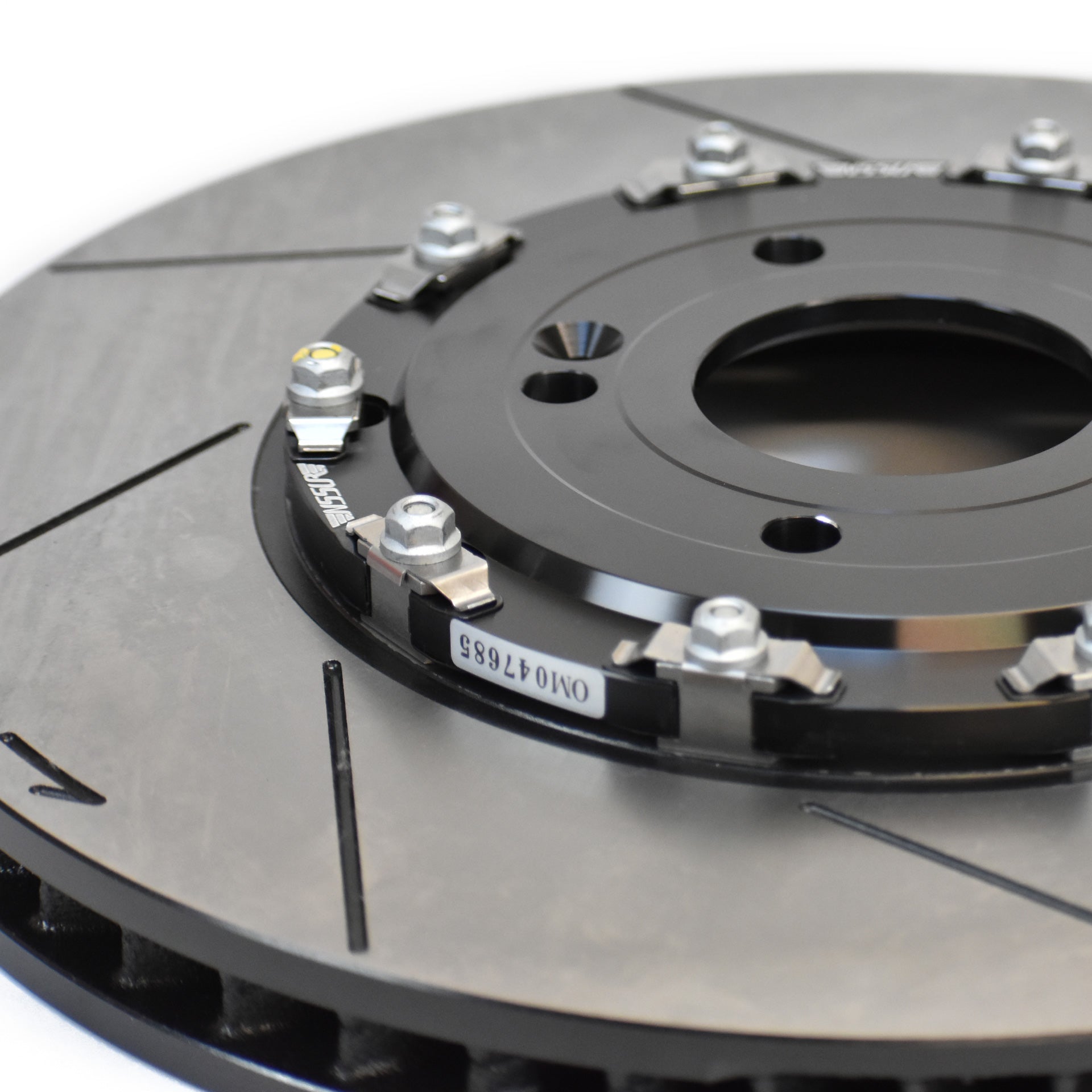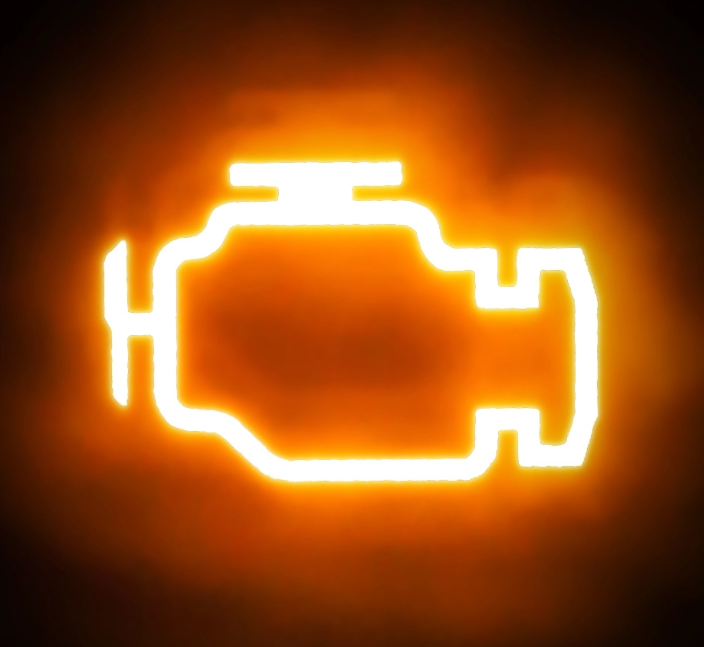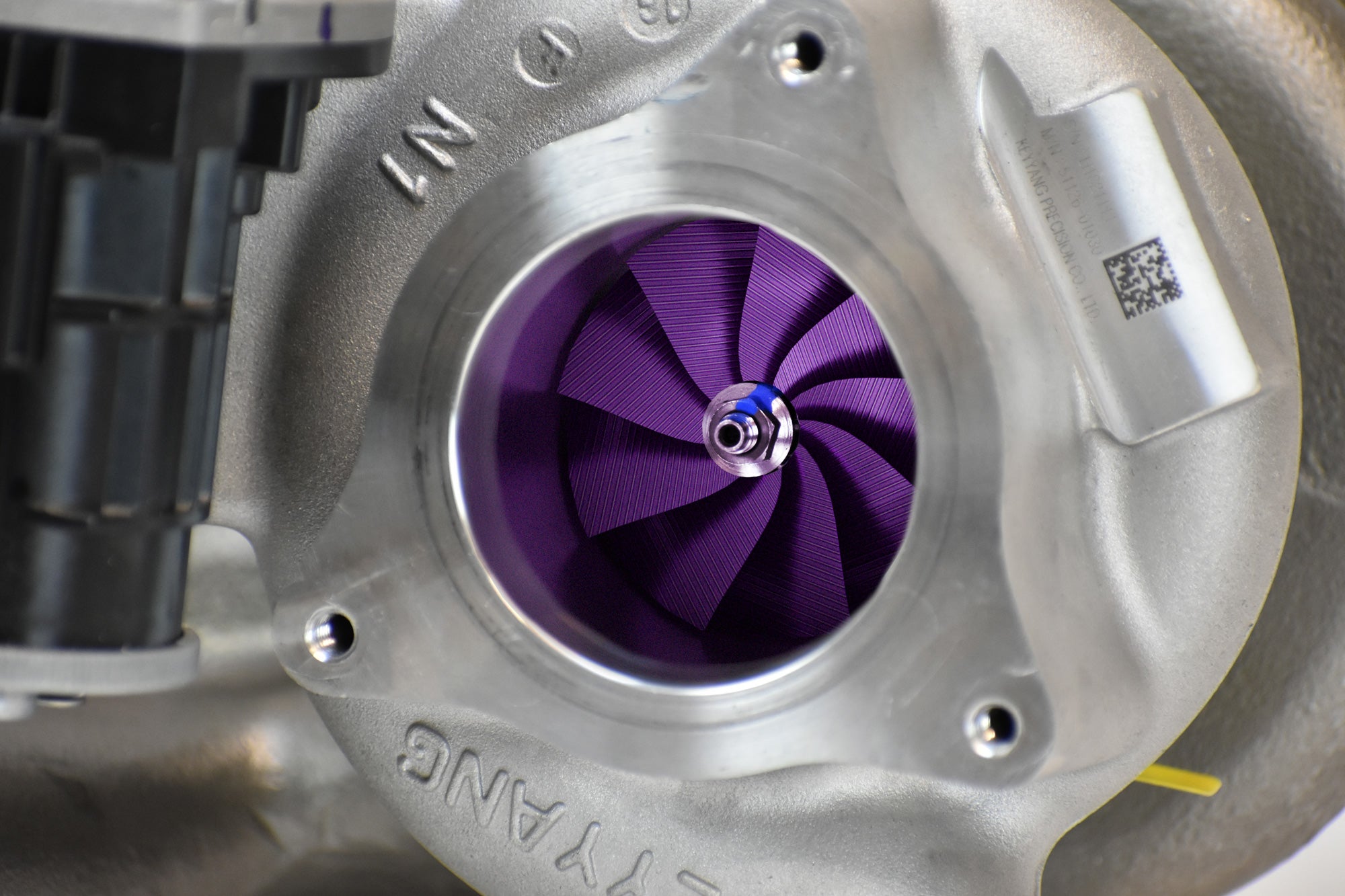Brake rotors tend to take a beating on any car, especially the front ones. The amount of heat generated from the rotors during sport driving can be enough to get OEM rotors to glow a bit. This will lead to rapid brake fade on most OE rotors and pads (at least for those of us that don’t drive a Porsche 911 GT3 RS). Most OE rotors are at least vented now, a practice that has become normal in the last few decades.
Vented Rotors
Venting helps in dissipating heat through the center of the rotor to reduce that horrid brake fade. This is accomplished in several ways from each manufacturer. Curved vanes in the rotor aim to create a centrifugal pump out of the vane. These are directionally biased for driver/passenger side placement. They are the most effective at high speeds where the pump effect really shines. Straight vanes create a similar effect but are less effective at it since the vanes act more like a paddle wheel instead of a pump. Their advantage is not being directionally biased so they can be placed on either side of the vehicle. It is a straightforward design that a lot of OE’s employ to not have directional bias and eliminate double SKU’s. The third vane design uses pillars. These are posts throughout the rotor that create an open space inside of the rotor to allow air to move freely. Think of a large office space with columns throughout it. The floor and the ceiling are the rotors and the columns around the room are the pillars, only there are a lot more columns in the room for structural integrity. This design dissipates heat at lower speeds with the amount of open space and lack of directional vanes.
Surface Types
In the world of motorsports there are three main types of rotors to choose from when it comes to surface finishes; drilled, slotted, and dimpled. Each one has its benefits and downfalls, but some are inherently better than others and serve different purposes. A drawback to any surface type, other than solid, is brake pad dusk. As the pad wears down, dust is created from it. That dust can collect inside of the surface changes of the rotor and clog it up. Low dust pads are essential if you plan to run any of these or else you will spend too much time trying to clean pad dust out of your rotors.
Cross-Drilled
Drilled rotors are vented rotors that have been drilled through the friction surface to allow air to pass through the rotor walls and then dissipate through the vanes/pillars. This style is effective for the curved vanes venting since the centrifugal pump effect works best pulling air from the central area of the rotor. Drilled rotors can also help with reducing brake pad glazing since the heat being exchanged into the vanes of the rotor helps keep the pad’s surface temps down. (Glazing is the smoothing of the pad’s surface after overheating and essentially melting, then cooling to a glassy surface) Along with these, the holes provide a slight ridge that the pad can bite into more for increased stopping power. The main drawback of this style is the higher potential of cracking after rapid heat changes. To prevent this, most manufacturers of these types of rotors use more composite materials that can withstand the rapid changes. The cost is much greater, but the benefits are massive.
Dimpled
An option similar to cross-drilled is dimpled. The surface contains organized pock marks that look like the drill bit just did not make it through, but this is intentional. This design was created as a result of enthusiasts wanting better breathing for the brake pads (preventing glazing) while maintaining the integrity of the rotor that cross-drilling degrades. The dimpled rotors are also a popular upgrade for trucks that tow large loads. The dimpling increases the braking bite that the pad has, but the integrity of it over cross-drilling allows for higher brake pressure to be applied to stop higher weights.
Slotted
Originally developed to help dissipate water from the friction surface, this design has made its way into more than just heavy, wet conditions. The angle of the slots works like a wiper blade on your windshield. They allow the brake pad to transfer any moisture from the pad surface to the channel in the rotor and then sling it out at higher speeds or let it drip out at lower speeds. Consider a truck wading through a river. When it exits the water, the brakes need to function normally, and wet brakes do not function normally if the water is never released. That truck travels at a low speed over offroad terrain so the brakes need to be able to “wipe” the water away. The slots allow that to happen. This was the original intention of the slotted rotor, but high-speed motorsports got a hold of the design as well to increase brake bite and heat dispersion, again while maintaining integrity like the dimpled rotors.
The burning question!! Which type of brake rotor do you need?!
The answer to this depends on what your use-case is.
Building an offroad vehicle? Go with slotted rotors to help keep the rotors clean in multi-terrain environments and provide that extra bite for riding the brake pedal while traversing the steep grades.
If you are building a track-ready daily driver, you can also go with slotted rotors to maintain more integrity and heat dispersion. There are various slotted rotor options that work better than the traditional slotted rotors at higher speeds.
If you have a heavy truck for towing, go with dimpled. These have the integrity to last longer than drilled, but still provide added stopping power for that 10 ton load.
For those that just want a full-blown track car, drilled rotors are for you. They provide maximum stopping power at high speeds but will degrade or crack faster than other rotors, forcing the need to replace them more often.
Make sure to subscribe to our newsletter to know when more info is released to the world.



